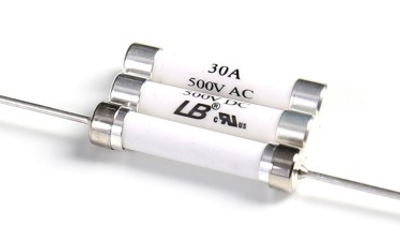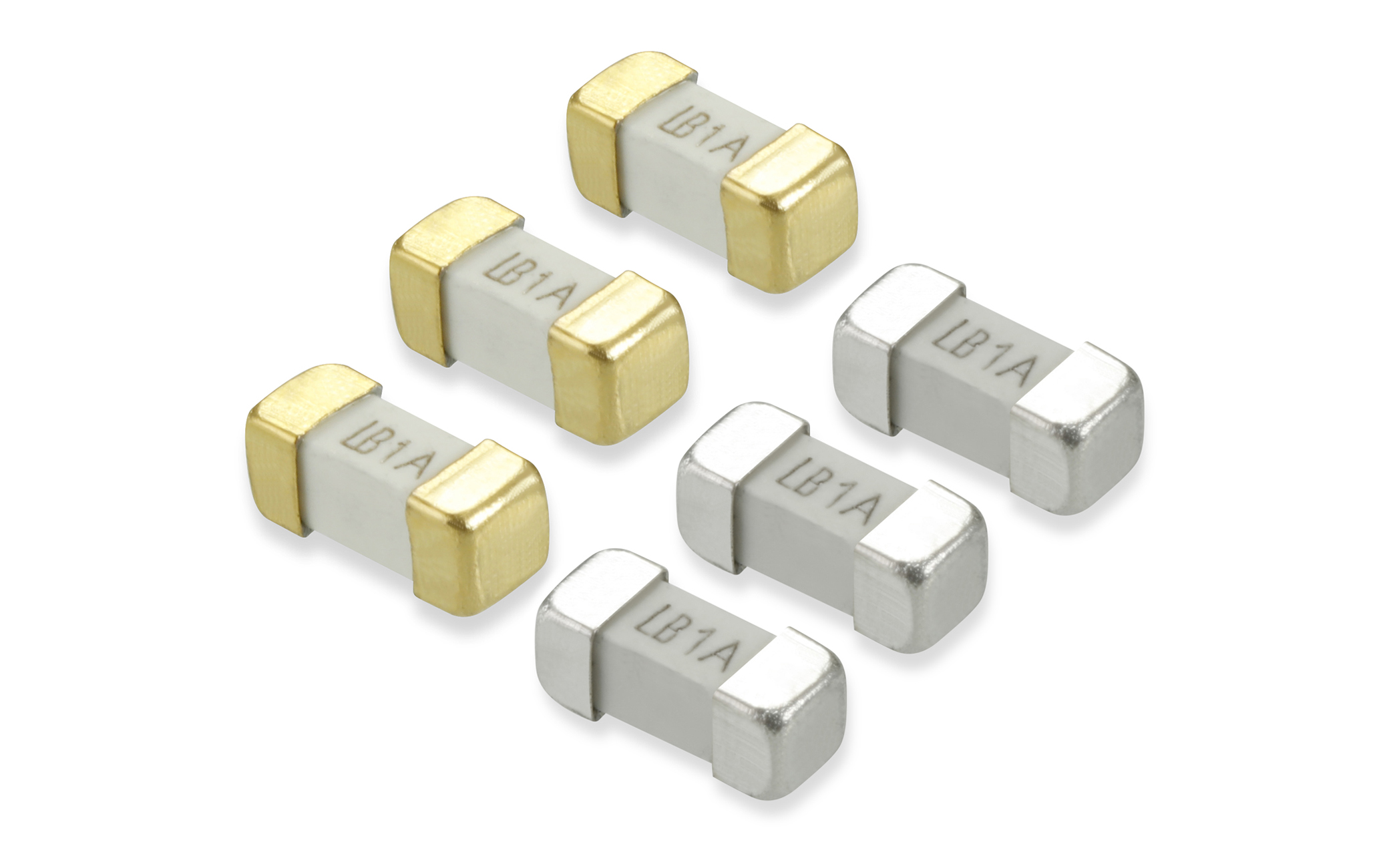The LB 630 and LB1038 hnstshop.com/product-list/F08-p1-l10.html" target="_blank">electric fuses are two different types of fuses used to protect the circuit from over current and overvoltage. These two series have the characteristics of high sensitivity, high heat resistance, low resistance and other characteristics, can be quickly fused in the overcurrent or overvoltage, to avoid damage to the circuit and equipment, according to different application scenarios and requirements, you can choose your own fuse type.

Product Parameter
Series of LB 630 / LB1038
The current is 100 mA ~ 30 A / 1A ~ 50A
Voltage: max750VAC / 750VDC 1000VAC / 750VAC
Through the above product parameters, LB 630 and LB1038 fuses are mainly used in industry, and their working principle is based on the thermal effect of the current. When the current passes through the fuse, it will produce heat, increasing the temperature of the fuse. If the current is too large, or the fuse is in a high temperature state for a long time, the temperature of the fuse will rise to its melting point, causing the fuse to fuse, cutting the circuit, preventing the current from flowing, and protecting the circuit and equipment.
LB 630 and LB1038 are common electric high voltage fuses, which are usually composed of ceramic tubes and the wire inside. The wire will heat up when the current passes through. When the current is too large, the wire will fuse, thus cutting off the circuit. These two fuses are usually used in industrial and commercial circuits, used to protect the safety of circuits and equipment, choose should be careful, according to the current and voltage of the circuit, to ensure the effective protection of circuit and equipment, avoid frequent replacement, power high voltage fuse is a certain life, frequent replacement will cause its sensitivity, affect the protection effect, should only be replaced when necessary.


